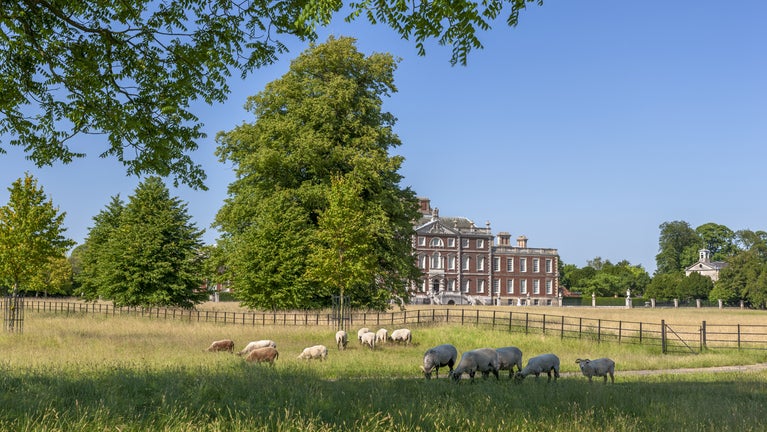
Explore gardens and parklands
We care for more than 200 gardens and parks. From kitchen gardens full of fruit and veg to historic parkland, there’s something for everyone.

We care for 18 places with landscapes created by Lancelot ‘Capability’ Brown – a pioneering 18th-century gardener, designer and entrepreneur. Visit the best examples and lose yourself in landscapes with serpentine rivers, Gothic follies and sweeping drives.



We care for more than 200 gardens and parks. From kitchen gardens full of fruit and veg to historic parkland, there’s something for everyone.
Brown designed landscapes that fitted in seamlessly with the surrounding countryside. So how do you spot the designs of one of the greatest gardeners of all time?

Lancelot 'Capability' Brown was one of the UK's most celebrated landscape gardeners. Find out how this Georgian gentleman created the quintessential English landscapes that we see at many of the places in our care today.

Croome was 'Capability' Brown's first commission. Not only did he re-design the whole landscape but also remodelled Croome Court.

Find out the National Trust places you can visit to see the dramatic landscapes created by Humphry Repton, one of Britain’s best-loved landscape designers.
